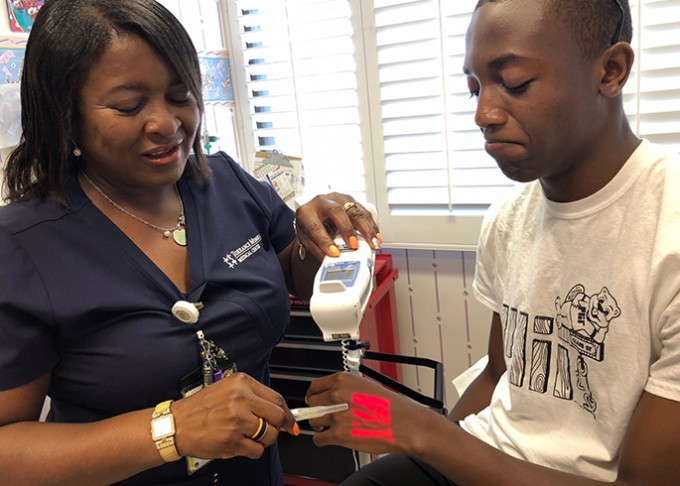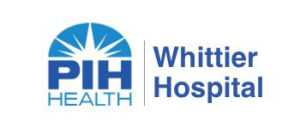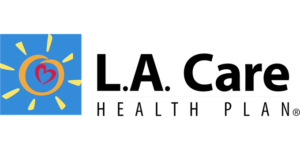Feature
Wired Hospital: Vein Illumination at Torrance Memorial Hospital
Needle sticks made quick

Imagine you’re performing a venipuncture that you can’t afford to mess up, like inserting an IV in a severely dehydrated child while her nervous parents stare at you. A simple procedure can become a frustrating, time-consuming game of hide-and-seek with darting, elusive vessels. It’s enough to make a seasoned nurse dread needles almost as much as most patients do.
Now, imagine that when you looked at that child’s arm, you could peer through her skin as if you had X-ray vision, seeing each vein outlined like a diagram in a textbook.
Sound like science fiction? It’s now a reality at hospitals like Torrance Memorial Medical Center, thanks to new vein illumination technology.
On The Beam
Several companies now offer vein viewing technology. Torrance Memorial uses the AccuVein AV400, a lightweight, handheld, rechargeable device that can be aimed in any direction or mounted on a stand for hands-free use.
How does it work? Most venous illumination devices use what’s called near-infrared light. They project two overlapping light beams: a visible one and an invisible infrared beam. The infrared light is at a frequency that is readily absorbed by hemoglobin in the patient’s blood, but reflects off of other tissue. When the visible light beam is projected over the infrared one, the veins and blood vessels appear darker, creating a visible “roadmap” of the patient’s vasculature.












